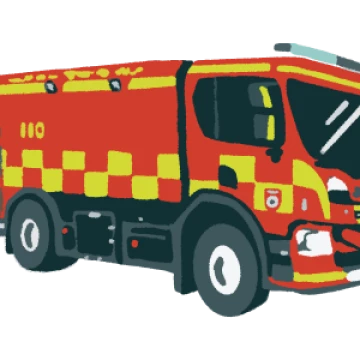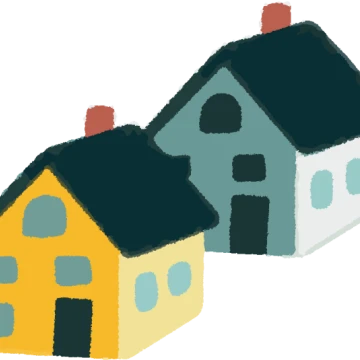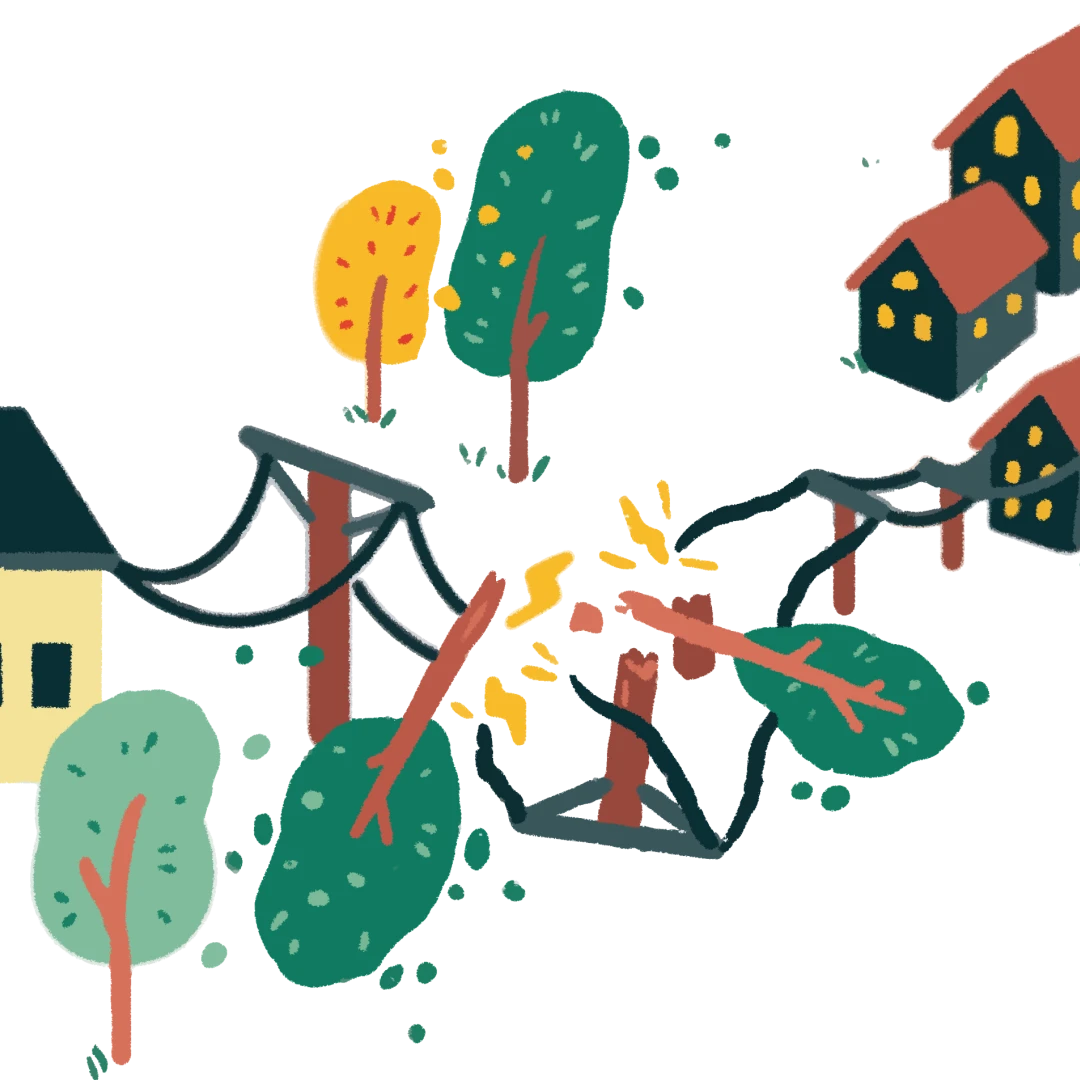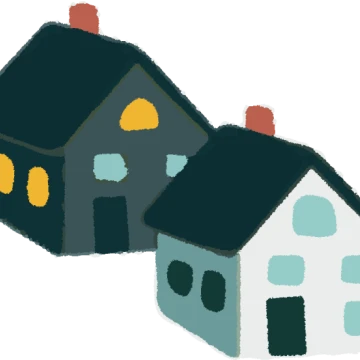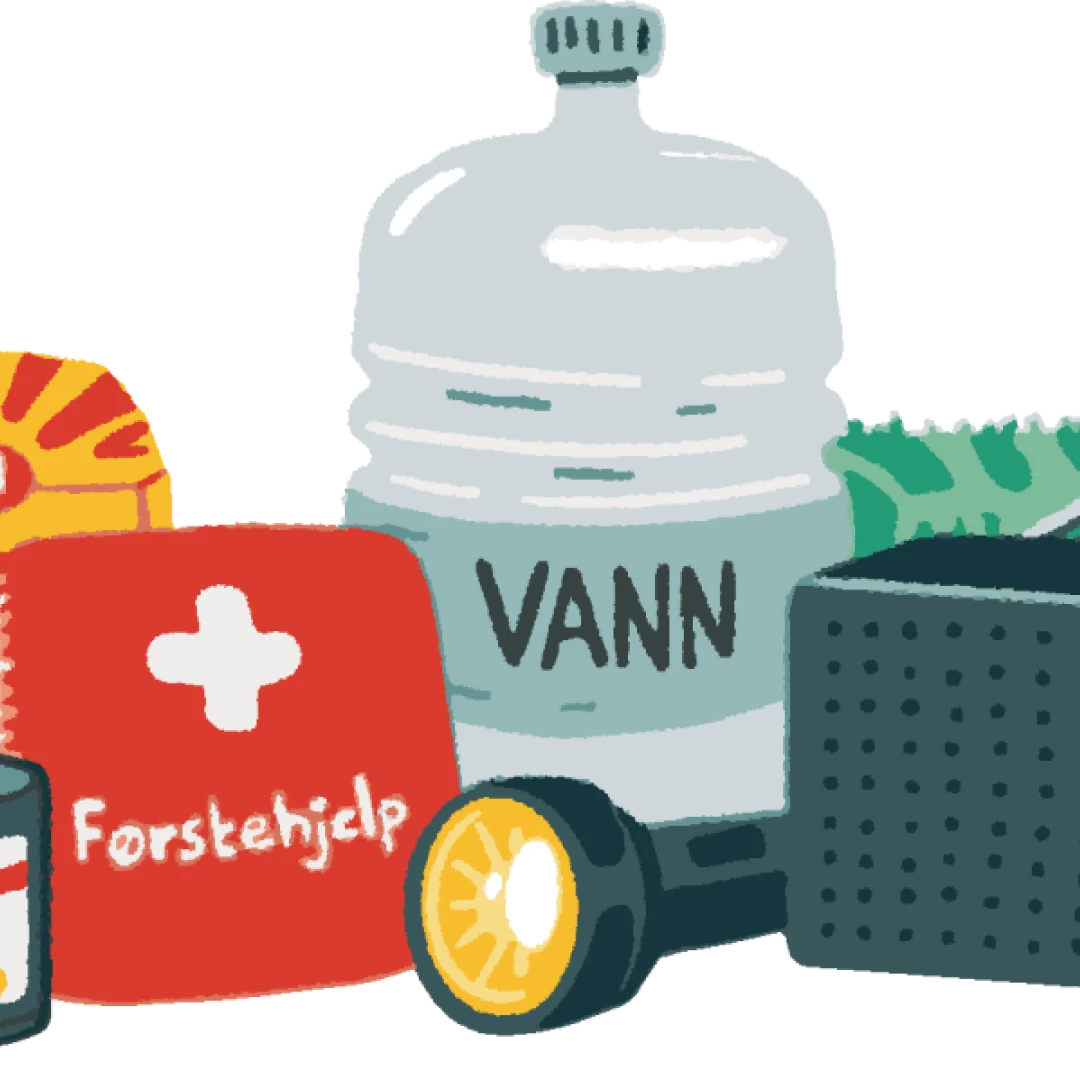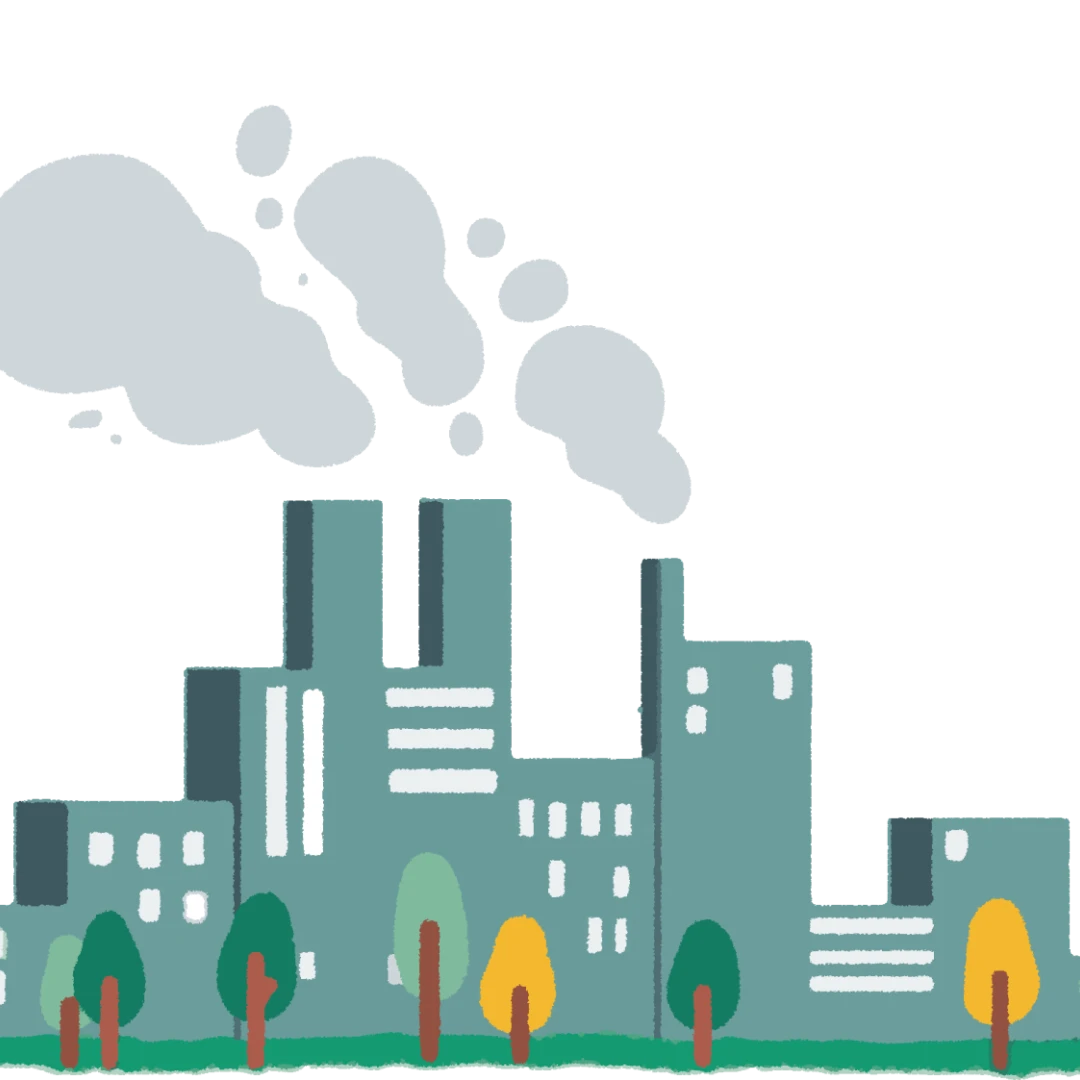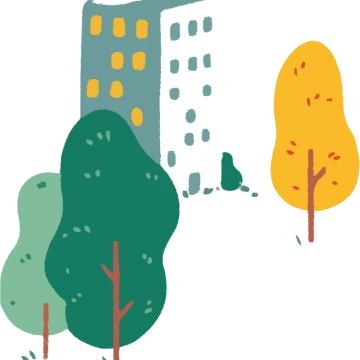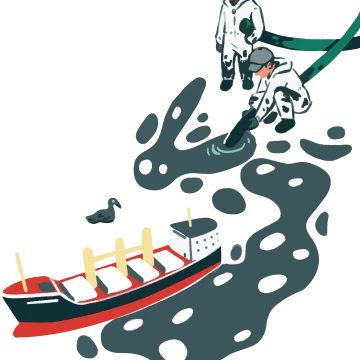Pursuant to the Major Accident Regulations, industrial companies are required to maintain an overview of the risks and vulnerabilities that arise due to their activities and report this to the Directorate for Civil Protection and Emergency Planning (DSB).
The purpose of the Major Accident Regulations is to prevent and reduce the consequences of major accidents. The Major Accident Regulations impose requirements on companies that handle larger quantities of hazardous chemicals, the so-called major accident companies. DSB receives safety reports from these major accident companies at least every 5 years, and regularly conducts inspections. Reports from these inspections can be obtained from DSB.
The major accident companies are defined on two levels. Only those companies classified as potentially posing a significant risk to their surroundings are included here, the so-called major accident companies with an obligation to report on safety (§ 9 of the Major Accident Regulations). These companies are required to inform everyone who might be affected by unwanted incidents.
The information shall include, inter alia:
The name of the company or establishment, their visitor address, and their internet address
A brief description of the company
Common names of the chemicals handled in the establishment that could lead to a major accident.
Reporting and information
The purpose of the information is to inform the population in Grenland about hazardous substances and chemicals that may pose a risk to them, should an unwanted event occur.
All major accident companies are required to prepare emergency preparedness and contingency plans that include measures to limit the consequences if an unwanted incident were to occur. Relevant information related to this shall also be sent to the emergency services. There are annual drills of the contingency and preparedness plans.
Among other things, the municipalities use this information from the safety reports and other relevant information from the major accident companies when they prepare their own risk analyses and preparedness and contingency plans.
If further information is needed, the contact information for each major accident company is found in this section.


